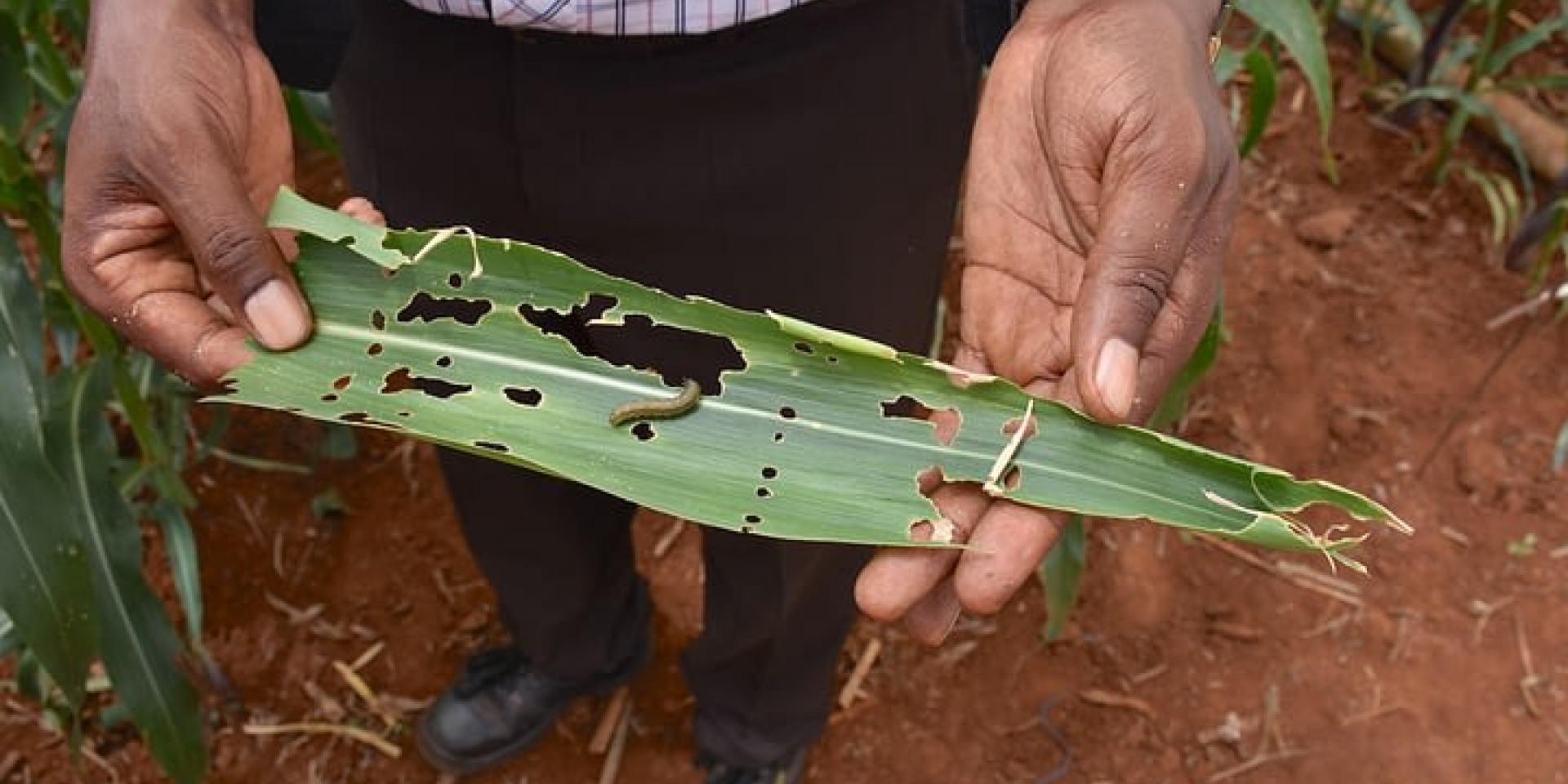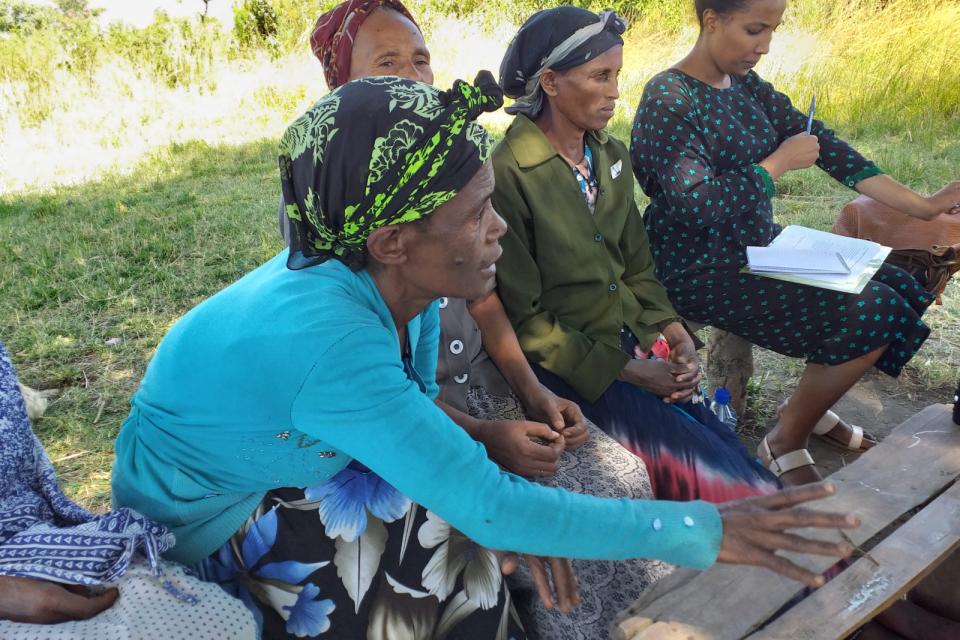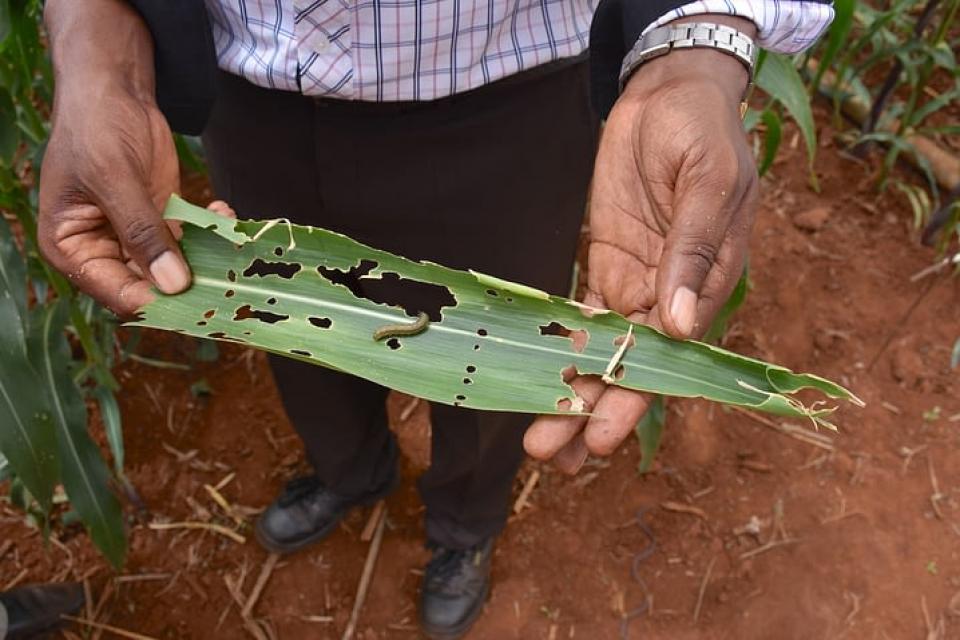How do we sustainably manage transboundary diseases and crop pests?
 Photo: CIMMYT
Photo: CIMMYT
In our hyper-connected world, it should come as no surprise that recent years have shown a major uptick in the spread of transboundary pests and diseases. Integrated approaches have been effective in sustainably managing these border-jumping threats to farmers’ livelihoods and food security.
But a truly integrated approach accounts for not just the “cure,” but also how it can be sustainably incorporated into the agri-food system and social landscape. For example, how do we know if the farmers who adopt disease- and pest-resistant seed will be able to derive better incomes? And how do we ensure that incentives are aligning with community norms and values to enable better adoption of integrated disease or pest management approaches?
Experts from across the CGIAR research system and its partners weighed in on this topic in the recent webinar on Integrated Pest and Disease Management, the third in the International Year of Plant Health Webinar series. Panelists shared valuable perspectives on the science of outbreaks, the social dimensions of crop pest and disease control, zoonotic disease risk, and how national, regional and global organizations can better coordinate their responses. “The combination of science, global partnerships and knowledge helps all of us be better prepared to avoid the losses we’ve seen. . . Today, we’re going to see what this looks like in practice,” said Rob Bertram, chief scientist for the Bureau for Resilience and Food Security at USAID, and moderator of the event.
Understanding the sources
Wheat and maize, the key crops studied at the International Maize and Wheat Improvement Center (CIMMYT) are no stranger to destructive diseases or pests, with fall armyworm, wheat blast, or maize lethal necrosis topping the list. But other staple crops and their respective economies are suffering as well — from infestations of cassava brown streak, potato cyst nematode, taro blight, desert locusts, and fusarium wilt, just to name a few.
What are the reasons for the expansion of these outbreaks? B.M. Prasanna, director of CIMMYT’s Global Maize Program explained that there are several: “Infected seed or planting material, vector movement, strong migratory capacity, contaminated field equipment, improper crop production commercialization practices, and global air and sea traffic” are all major causes.
Prevention and control of diseases and pests requires an integral strategy which mobilizes synergies of multiple institutions.
Preventing outbreaks is always better than scrambling to find a cure, but as Prasanna pointed out, this requires a holistic, multi-institutional strategy including surveillance and early warning, quarantine and phytosanitary regulations, and technological solutions. Better access to monitoring and surveillance data, and sensitive, easy-to-use and affordable diagnostic equipment are essential, as is the proactive deployment of resistant crop varieties.
Building awareness about integrated disease and pest management is just as important, he told the attendees. “We must remember that IPM is not just Integrated Pest Management, but also ‘Integrating People’s Mindsets.’ That remains a major challenge. We need to think beyond our narrow disciplines and institutions and really come together to put IPM solutions into farmers’ fields,” Prasanna said.


